Table of Contents
People tell me all the time about how much they struggle in the hills. And that makes sense, right? You have to move your heavy touring bike and all your gear up a steep road, requiring LOTS of hard pedal pushing along the way.
Actually, that’s simply not true. If you struggle in the hills, you’re doing it wrong.
Let me explain.
Power is Power

The amount of ‘power’ or ‘effort’ that you put into the pedals can be measured in watts. We can measure this power using strain gauges built into bike components like the cranks, pedals and the rear hub.
When you ride up a hill and you’re pushing 150 watts, that is the same 150 watts as when you’re cycling on the flat. The difference is that 150 watts on a climb simply translates into a slower speed due to the effects of gravity. You’re not actually working any harder. It’s the same amount of effort!
In the last few years, power meters have become available to recreational cyclists due to advancements in technology, competition between manufacturers and lower costs. While I don’t deem them necessary on a touring bike, my experience using them has allowed me to get a feel for what different rates of power should feel like on different types of terrain.
If you want to get an idea for how much power you can sustain over a certain time period, head to the gym and try out an exercise bike, as most modern exercise bikes will measure power output.
Using Mechanical Advantage To Make Hills A Breeze
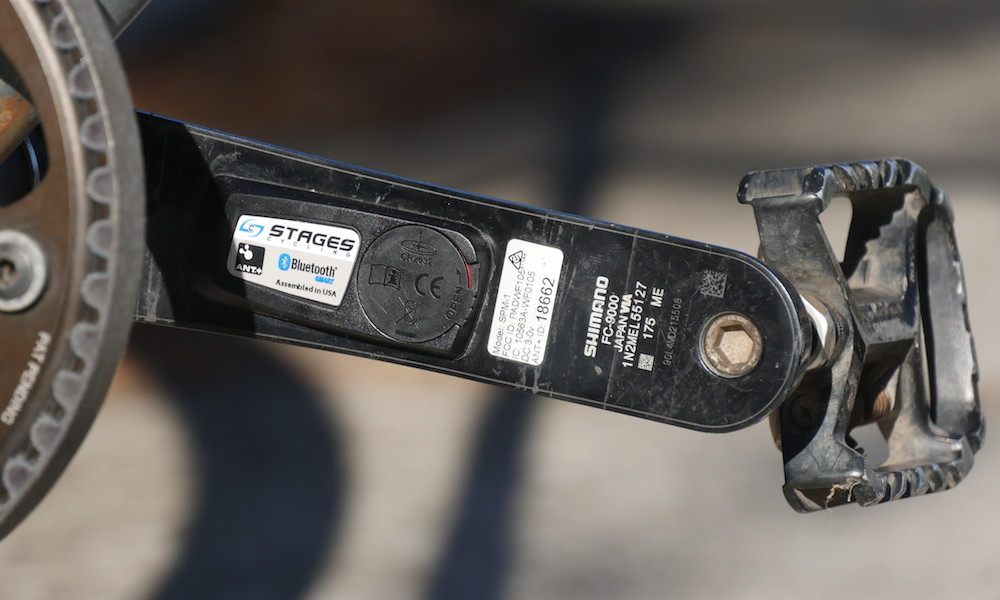
By using the right low gears efficiently, you can pedal at the same revolutions per minute AND push the same amount of power into the pedals on most road gradients (within reason, let’s say up to 15%). That’s why I’ve calculated the low gears for you to compare on every touring bike in my book, and it’s also why I advocate for appropriately low gears on touring bikes in general.
Let’s look at how you can make your effort the same, no matter the gradient.
Are Your Gear Ratios Too High?
Do you already go up hills in your lowest gear and still find them really hard? Well, your lowest gear probably isn’t low enough. When your pedalling speed (cadence) is low, you typically fatigue your leg muscles (mostly quads) more, and utilise your heart and lungs less. The opposite is true when your cadence is high. An efficient pedalling cadence for the hills usually starts at 60rpm. Anything below that and you’ll really start to feel the effects of fatigue on your muscles.
Gear Inches
We can measure low gears by equating them to gear inches. With this information, we can then compare bikes with different wheel sizes and drivetrain setups. The lowest gears to fit on touring bikes are between 14-15″. That equates to a 4.1-4.3km/h climbing speed at 60rpm, which is about the slowest you can go without losing your balance.
Example: A bike with 700x38c tyres, a 24t front chainring and a 36t cassette cog has an 18.2″ gear ratio. Once we know this, we can calculate that at 60RPM you’ll be travelling at 5.2km/h (3.3mph). We can then use BikeCalculator to determine how steep the climb can be in order to maintain 60RPM @ 5.2km/h. Provided the rider is 70kg, the bike/gear is 25kg and they’re pushing 150w, they can ride up a 10% gradient climb without any drop in their cadence. More on gear ratios HERE.
Stop Pushing So Hard!
This is a classic cyclist manoeuvre. Spinning along on the flat, taking it easy because you can, then BAM – you go up a hill and ramp up your effort. This is unnecessary and will result in the fatigue of your muscles, cardiovascular and respiratory systems. Unless you’re training for an event, it’s best to sustain an even amount of effort throughout your ride. You can roughly measure your effort by how heavy you’re breathing. If you’re panting away, drop into a lower gear and take it easy. It’ll almost always work out more sustainable, I promise.
I Get It, But Why Do Hills Always Feel Harder?

You Cannot Coast
With gravity taking a cut of your momentum, your speed will dramatically reduce when you stop pedalling. In order to overcome this, you’ll want to be pushing your pedals at an effort that is sustainable from the bottom to the top of a climb.
Less Air Cooling
At slower travelling speeds, you aren’t getting the same evaporative cooling effects as faster speeds. That means you’ll want to employ other methods to cool yourself down. I can recommend pouring water over your head, neck and forearms. You should also make sure you wear lots of sunscreen, or alternatively cover yourself up as sunburn will contribute to fatigue and increased fluid needs.
Altitude
If you’re cycling over 2000m (6000ft), you will notice that it’s harder to breathe. This is because there is less oxygen available in the air. Cycling at altitude is harder both on the flat and in the hills!
The Crank Deadspot
At the point of the pedalling phase where you have the lowest leverage on the cranks (6, 12 o’clock), your speed momentarily slows. The rate of deceleration is greater when cycling uphill due to the additional effects of gravity on your momentum. That said, the ‘real world’ change in your speed and momentum is minimal at most cycling gradients (undetectable on a bike computer) and can be overcome by switching to an even lower gear (higher cadence). The times when Crank Inertial Load is most relevant is when your cadence drops significantly because you haven’t got a low enough gear (eg. 30-40RPM). You can read a study on this topic HERE.
There Are A Few Things In Your Favour When Climbing
Lower Aerodynamic Drag
Due to the slower travelling speeds on a climb, the effects of wind drag are greatly reduced. That means more of your power can be used for other things like overcoming gravity. It also means that there is little aerodynamic advantage when using bikepacking bags over panniers.
Scenic Views!
When you head into the hills, you get to see the world from up above. How rewarding is that?
Make Hills Easy: My Advice
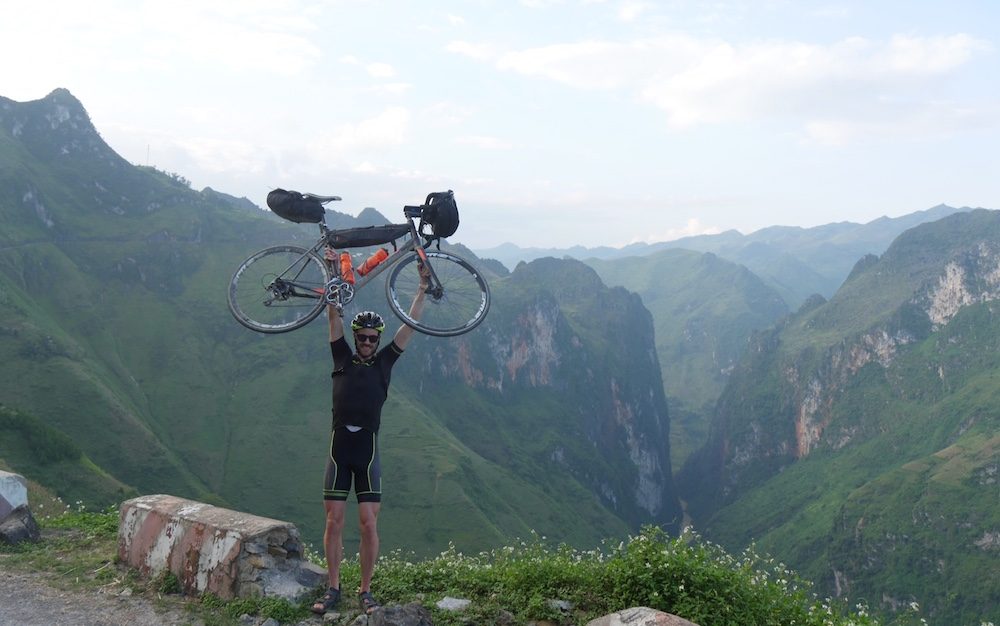
Ease Up and Measure Your Effort
Take it easy when starting to climb. Measure your effort by how heavy you’re breathing when you ride. Slow down your speed by slipping into a lower gear when you feel your body working hard.
Keep Up Your Pedalling Cadence
The optimal cadence is different for everyone, but I’d recommend trying to push at least 60RPM in the hills. For reference, I like to spin at closer to 90RPM a lot of the time. If your low gear isn’t allowing for this kind of cadence, you’ll want to look into getting some smaller gear ratios.
Change Your Gear Ratios
Surprisingly, most touring bikes do not come with adequately low gears for touring in the hills. You may need to change your rear cassette, front chainrings and even your crankset to get a sub-20″ climbing gear. But it will be worth it – hills will soon be your friend, not your foe.
To Better Understand Gear Ratios Go HERE. To Find Out How To Lower Your Current Gearing Go HERE. To Calculate The Steepest Hill You Can Cycle Up Go HERE.


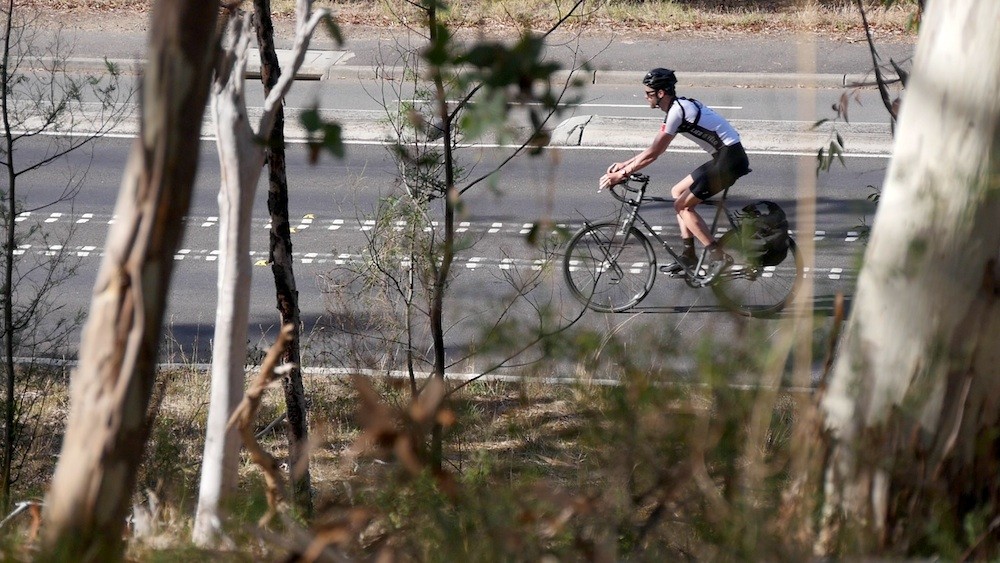
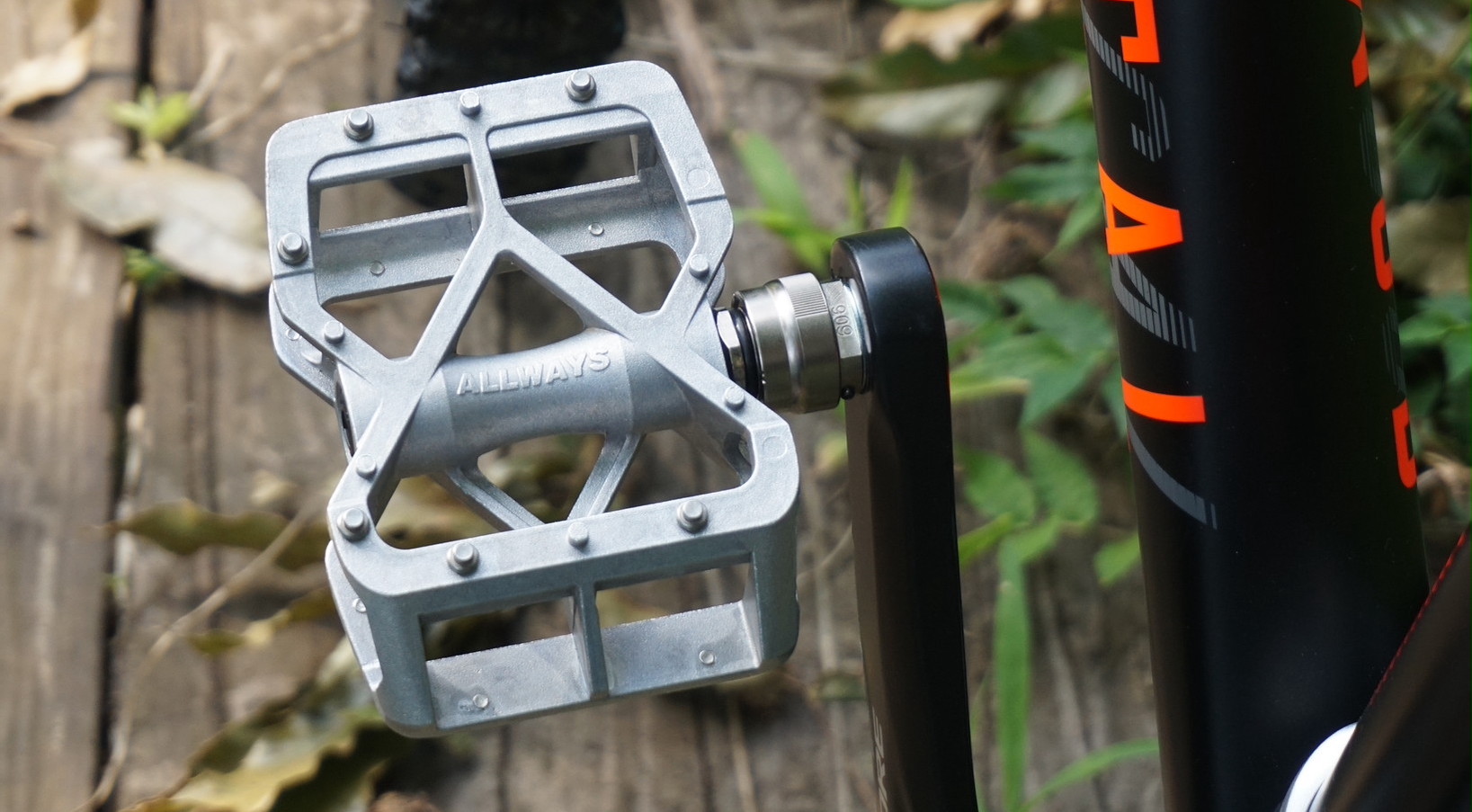
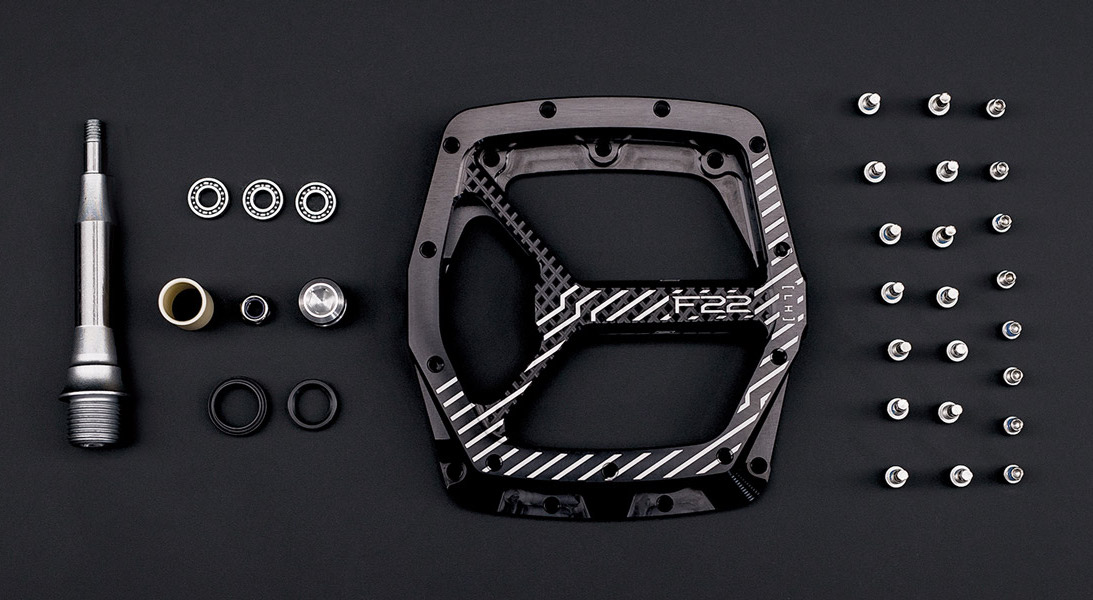
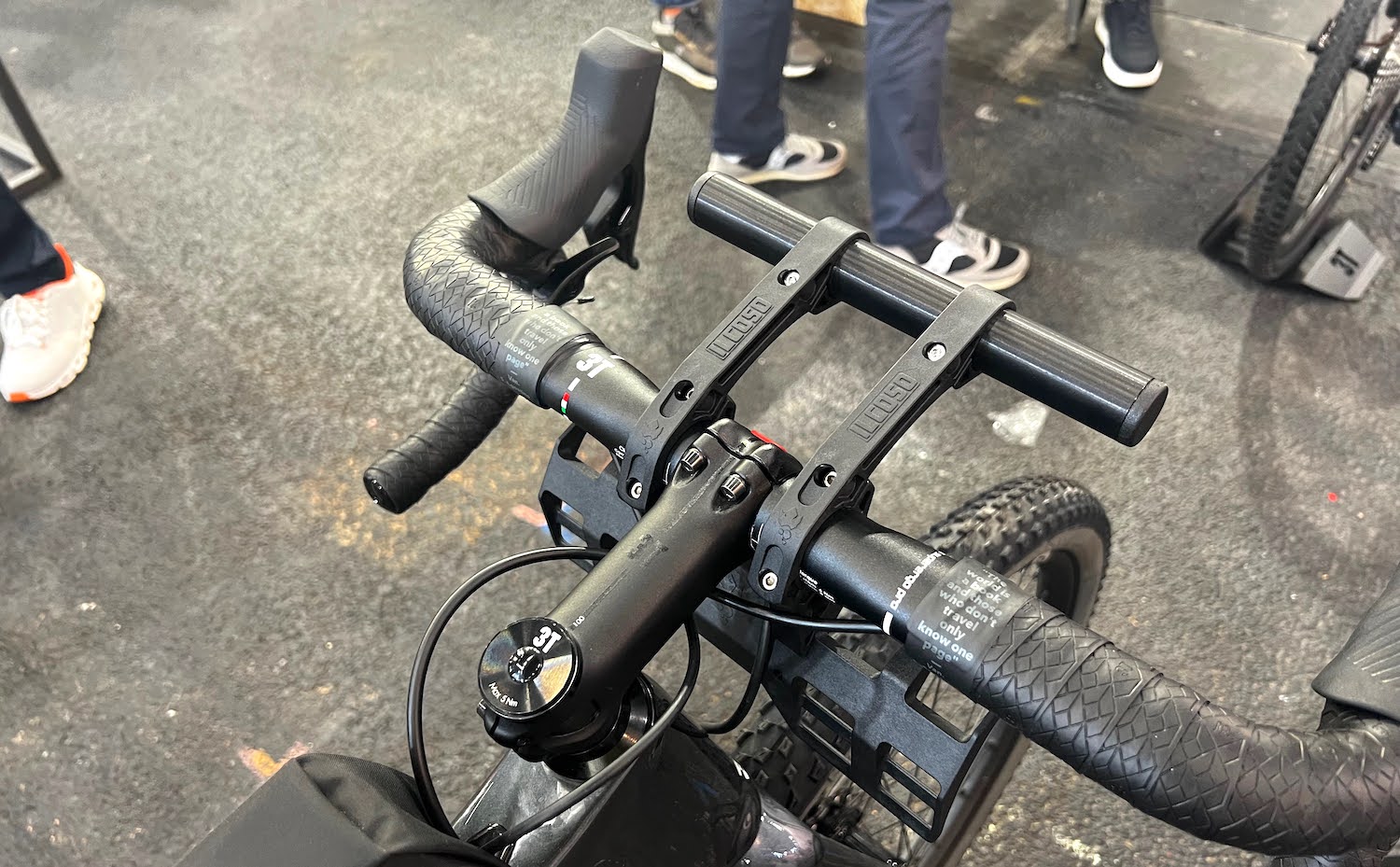

If you ride in a group, flat has much more advantage. Also , you won’t have time to lett your legs rest for 2 or 3 sec going up Hill. Making iT much harder. This article is noncense . My opinion
This article isn’t about how fast you can ride. Cycling speed will of course be slower when working against gravity. This article is about ‘effort’, and that ‘effort’ is the same on a hill or a flat road provided you have the appropriate gearing for both. When you pick the right ‘effort’ for you, you won’t need to have those 2-3 second breaks along the way. Not an opinion, it’s science!
I love these science-y articles. You’re totally right—I think most folks (myself included) try really hard to keep SPEED constant on flats, and not effort. I wonder if bike commuters do this more than others. If I’m just cycling around town and need to go over a hill I can see the top of, it feels easier to just slog up it rather than fumble with gears, slow my cadence, etc. That’s just not a sustainable approach for a mountain pass, though. 🙂
And the best thing is: after having climbed a hill, you can roll down with no effort at all…
I enjoy reading most articles on this website and find it quite interesting, but here you are getting a bit carried away, I feel. The theory probably holds some truth, but gravity far outweighs rolling resistance and aero drag. This actually is the reason why pro’s try break aways mostly uphill, because the power required to go fast uphill is much greater than on the flat. Meaning that a bigger effort makes a bigger difference than on the flat.
Then for touring cyclist weight always is an issue and uphill this has an exponential effect on the effort required. And if the power you would use on the flat isn’t enough to overcome the uphill, you will need to put in more effort not to fall over.
Finally, the effort – and I am not using the word power on purpose – is in part biomechannical (power) and part mental (perceived effort). Cyclist often talk about good and bad days, never meaning the wattage output. Cycling is a mind game and that’s the biggest flaw in the power=power theory, I think.
This whole power-thing means very little to me. Too theoretical. Nice for pro’s, but fairly useless for someone who’s goal is to enjoy cycling. And that’s what touring is all about.
Thanks for the comment!
Here’s a few things to note:
– I am arguing that gravity is, within reason, able to be overcome with appropriate gearing. Your legs are pushing the same amount of power, and therefore exert the same amount of effort. Gravity simply slows you down. We use gears to overcome the effects of rolling resistance and aerodynamic drag in the same way; the amount of influence they have on our travelling speed is irrelevant.
– It is advantageous for a professional cyclist to break away on a climb because some riders have a better power-to-weight than others. That allows them to build up a gap that they can maintain by working with others on the flat sections where there’s less of an advantage when it comes to power-to-weight.
– Concentration and balance are definitely skills that needs to be practiced to comfortably ride at slow speeds with a heavy bike. But like any skill, you can better at these things over time. I know I get much better at it after a few days on steep climbs.
– Completely agree that a hill can ‘psych’ somebody out. This article is theoretical in many ways, comparing the same person on the same day, doing the same amount of work. But I’d like to think that when equipped with the knowledge about things like maintaining a certain cadence, measuring your effort and understanding what gearing is best for you – will give you the mental strength to conquer anything.
– Where this theoretical power-thing may be relevant to you is with respect to having the appropriate gears on your bike. My goal is 100% to enjoy cycling too – I don’t use a GPS, bike computer or power meter for 99.99% of my cycling for that reason. But by learning this stuff I can make my life easier as my bikes have gears for all conditions.
Nice article, and great encouragement for someone like me who’s getting old and finding hills harder work than before. I’ve been trying to fit lower and lower gears for a while. But there’s one problem with pushing an ultra-low gear. If I have to stop half-way up (often because it’s a narrow lane and a car is coming down, and not giving way) it’s difficult to start again. Not because of the effort of starting, but because in that very low gear the pedals spin too fast to get the bike back up to a ‘balancing’ speed. You need to use a higher gear for a few meters just to get going again. But you can’t easily change up to a higher gear while you’re stopped (with derailleurs and heavy luggage) . Maybe this is another argument for a new bike, with hub gearing (or a Pinion gearbox)!
I guess an Alfine 8 doesn’t cover enough range ro be good at both 25 km/h flat and uphill. Do you think it can?
A Rohloff 14 can have enough range?
Or better a Pinion 18?
What chainrings would you recommend for 700x38C for Rohloff 14 and Pinion 18?
I want to avoid derailleurs at all cost.
Thanks a lot!
– The Alfine 8 can handle a 1.9:1 drive ratio. So that’s a range of 27-84″ with 700x38c. Not good for much more than flat/undulated touring.
– The Rohloff range is fine for touring. With a 2.1:1 drive ratio, you will get 16-84″. That’s 40km/h at 100 RPM in the highest gear. You can tune it down to 1.9:1 if you need even lower climbing gears. It’s also worth noting that some people use a Schlumpf Drive or front derailleur in combination with a Rohloff to get more top-end gears.
– The Pinion has an exceptional gear range! You can set it up to achieve everything from 16-105″. That pretty much covers all bases for a touring bike.
– You can run whatever chainrings/cogs are available from Rohloff/Pinion, as long as you select a drive ratio that suits your riding.
I agree with pretty much everything except the rolling resistance comment. Sorry – this isn’t correct. The rolling resistance portion of the resistance to motion is mainly a function of mass x gravity x coefficient of rolling resistance of the tire. Speed does play a part, but the curve is generally very flat. The coefficient of rolling resistance of a tire is mainly a function of pressure, construction, tread, road surface and temperature.
The overall message, though, is absolutely on point. Power is power, gearing just gives you mechanical advantage, so for less torque at the crank you can produce the same power by spinning faster.
So if I’m comprehending this correctly, I’m hopeless. The best fit I could find at a reasonable price for a beginner (who begins at 57?), was a 61cm frame Giant combination bike. 90 rpm? I thought 60 was high. Also 70k rider etc on the computations, I’m at least twice that and I want to carry baggage but as I’m overloaded as is think a trailer best. So I see the science, do my best to apply that to my thought processes and techniques, but honestly I can’t see me on anything steeper than a short 5% gradient
I started four months ago. I thought my legs were going to fall off doing 70 rpm. Now I’m cruising around and looking down at the computer showing me doing 95-100 without even realizing it. It just happens the more you ride, the more your body adjusts. As for age, 57 is absolutely fine time to start cycling. As with everything as you get older, just need to be more careful. Listen to your body.
I agree, you can easily modify your pedalling cadence with a little practice.
You’re not hopeless, you’re just going to have to work a little harder than some! But that’s ok, you’ll get fitter faster AND you’ll drop weight too.
Adding a 750w BaFang motor teaches you this lesson quickly. It is difficult to dig in hard and pedal the bike faster, the motor compensates and you kind your going faster but still peddling at the same cadence and torque. I have never had to walk my bike up an incline and I am 59 years old. Biggest problem is I am not losing weight. It all becomes about the varying speed of the bike regardless of the incline…. up to a point.
I grew up a roadie in a hilly coastal town.where the aim is to maintain speed, this is why we power up them thar hills and its a hard habit to break. when I went back to cycling in my 20s-30s in a totally flat area I switched to using slicked up mountain bikes as they were stronger and kept that roadie mentality which was good to push the pain and build speed riding at night for the most part, I rode 2 inch tioga city slickers pumped solid with a girvin flex stem and gel saddle for comfort.
I did live somewhere relatively flat and suited to fast speeds. the first time I panniered up it was a marin palisades with blackburn racks and cannondale overland panniers to take the current Mrs crazydave to see some family. just over a 100 miles. My panniers and rack arrived at the local bike shop the day before so I had no time to get used to it and threw myself straight into the deep end with her behind on her new road bike unladen as she was only a wee 7 stone thing. 40 miles of flat then 60 miles of hills. being used to 30 mile fast legs it taught me to settle back and stay in the saddle and throw myself rather than the bike around as I was used to. I also learnt to pace it mainly because if I didn’t force feed her she would bonk out and I’d lose her so I dropped my speeds to a steady 14mph. if it wasn’t for her constant punctures from riding in the gutter all the time we would have stormed it but she did get plenty of rest. on the way back she got tyre liners and new tubes – and more hills.
Trying to get back into it at 47 now, still got the muscle definition from my younger days but they aren’t trained up so its slow going. and I’m back living in a hilly area so finding somewhere flat enough to get a good aerobic circuit going is proving hard. and I will have to get used to lower gears, settling back and concentrate on cadence. so thanks for the article it’s all interesting.
.
Maintaining cadence and using suitable gear ratios for the conditions are king. All the best with your fitness!